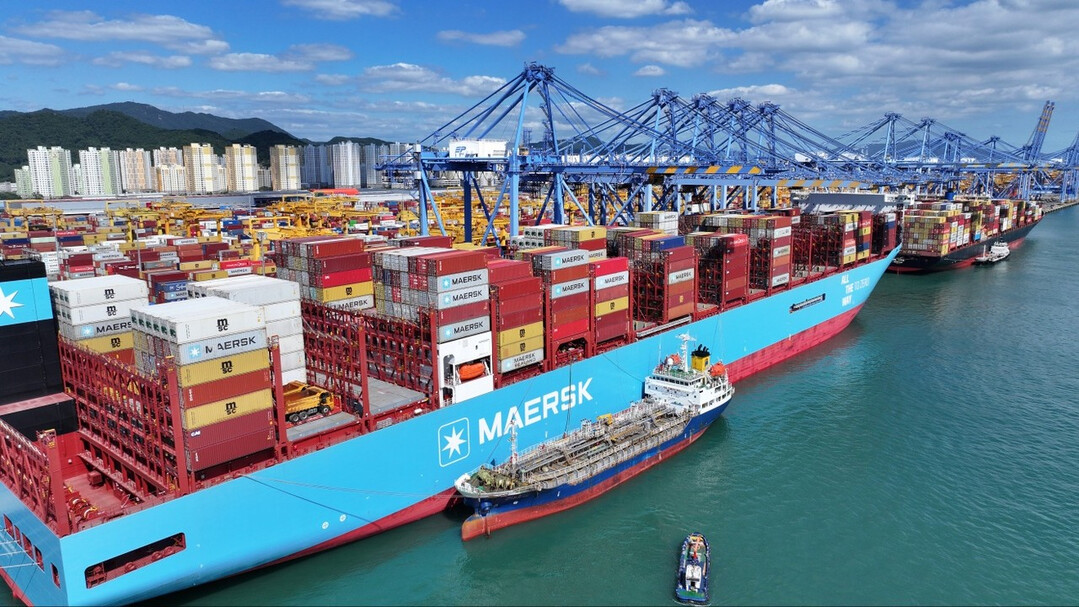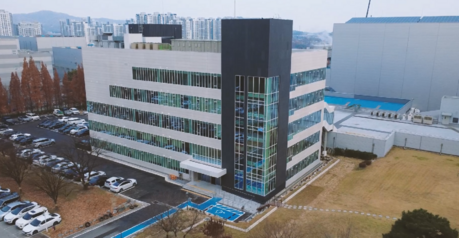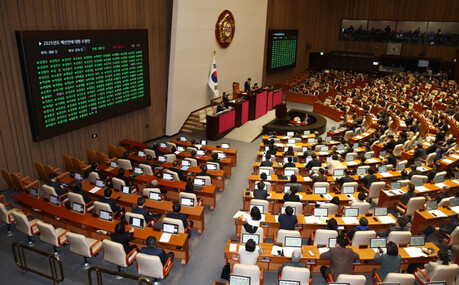
Seoul, South Korea – South Korea's per capita Gross National Income (GNI) saw a modest increase of 1.2% in 2024, reaching $36,624, according to preliminary data released by the Bank of Korea (BOK) on March 5th. This marginal growth, while maintaining the nation's position within the elite "30-50 club" – countries with a per capita income exceeding $30,000 and a population over 50 million – highlights the persistent challenges facing the South Korean economy.
Currency Depreciation Dampens Growth
The primary factor contributing to the subdued growth rate was the significant depreciation of the Korean won against the US dollar, which fell by 4.3% in 2024. This currency weakness effectively offset a larger portion of the income gains when measured in dollar terms. In local currency, the per capita GNI reached 49.56 million won, a more substantial 5.7% increase from the previous year.
Global Standing and Future Outlook
Despite the currency headwinds, South Korea maintained its sixth-place ranking within the "30-50 club," trailing only the United States, Germany, the United Kingdom, France, and Italy in terms of per capita GNI. Notably, South Korea continued to outpace regional rivals Japan and Taiwan.
However, the prospect of breaking out of the "30,000 dollar box" – a plateau the nation has struggled to overcome for the past 11 years – remains uncertain. While the International Monetary Fund (IMF) had previously projected South Korea's per capita GNI to surpass $40,000 by 2027, the BOK acknowledged that increased exchange rate volatility necessitates a more cautious outlook.
GDP Growth Remains Sluggish
Concurrently, South Korea's real Gross Domestic Product (GDP) growth for the fourth quarter of 2024 was confirmed at a meager 0.1%, mirroring the preliminary estimate released in January. The annual GDP growth rate for 2024 also remained unchanged at 2%.
This sluggish growth trajectory raises concerns about the potential for prolonged economic stagnation. After a promising start in the first quarter of 2024 with a 1.3% growth rate, the economy contracted by 0.2% in the second quarter and has since registered two consecutive quarters of 0.1% growth.
Construction Investment Decline
A significant drag on the fourth-quarter growth was a sharp 4.5% decline in construction investment, a more substantial drop than initially reported. While exports and government spending showed modest increases, the construction sector's downturn offset these gains.
Bleak First Quarter Outlook
The BOK's forecast of a 0.2% GDP growth rate for the first quarter of 2025 further fuels concerns about a protracted economic slowdown. This would mark the first time South Korea has experienced four consecutive quarters of sub-0.2% growth.
"Recent trade data and credit card spending figures suggest continued economic weakness," stated a BOK official, reaffirming the central bank's growth projections.
Economic Uncertainties and Political Factors
Economists have expressed concerns about the accuracy of the BOK's projections. Lee Nam-kang, an economist at Korea Investment & Securities, cautioned that the anticipated 0.2% growth in the first quarter of 2025 may be overly optimistic, citing potential disruptions from geopolitical tensions and upcoming elections.
Additional Economic Factors
Inflationary Pressures: South Korea has been grappling with persistent inflationary pressures, impacting consumer spending and business investment.
Household Debt: Elevated levels of household debt pose a significant risk to economic stability, potentially dampening consumer demand.
Aging Population: South Korea's rapidly aging population presents long-term challenges to economic growth and social welfare.
Geopolitical Risks: The ongoing geopolitical tensions in the region, including those related to North Korea, create uncertainties for the South Korean economy.
Global economic slow down: The global economic slow down has also had a major impact on the south korean export driven economy.
Conclusion
South Korea's economic outlook remains clouded by a confluence of factors, including currency volatility, sluggish growth, and heightened uncertainty. While the nation has maintained its position within the "30-50 club," achieving sustained and robust growth will require concerted efforts to address these challenges.
[Copyright (c) Global Economic Times. All Rights Reserved.]






























